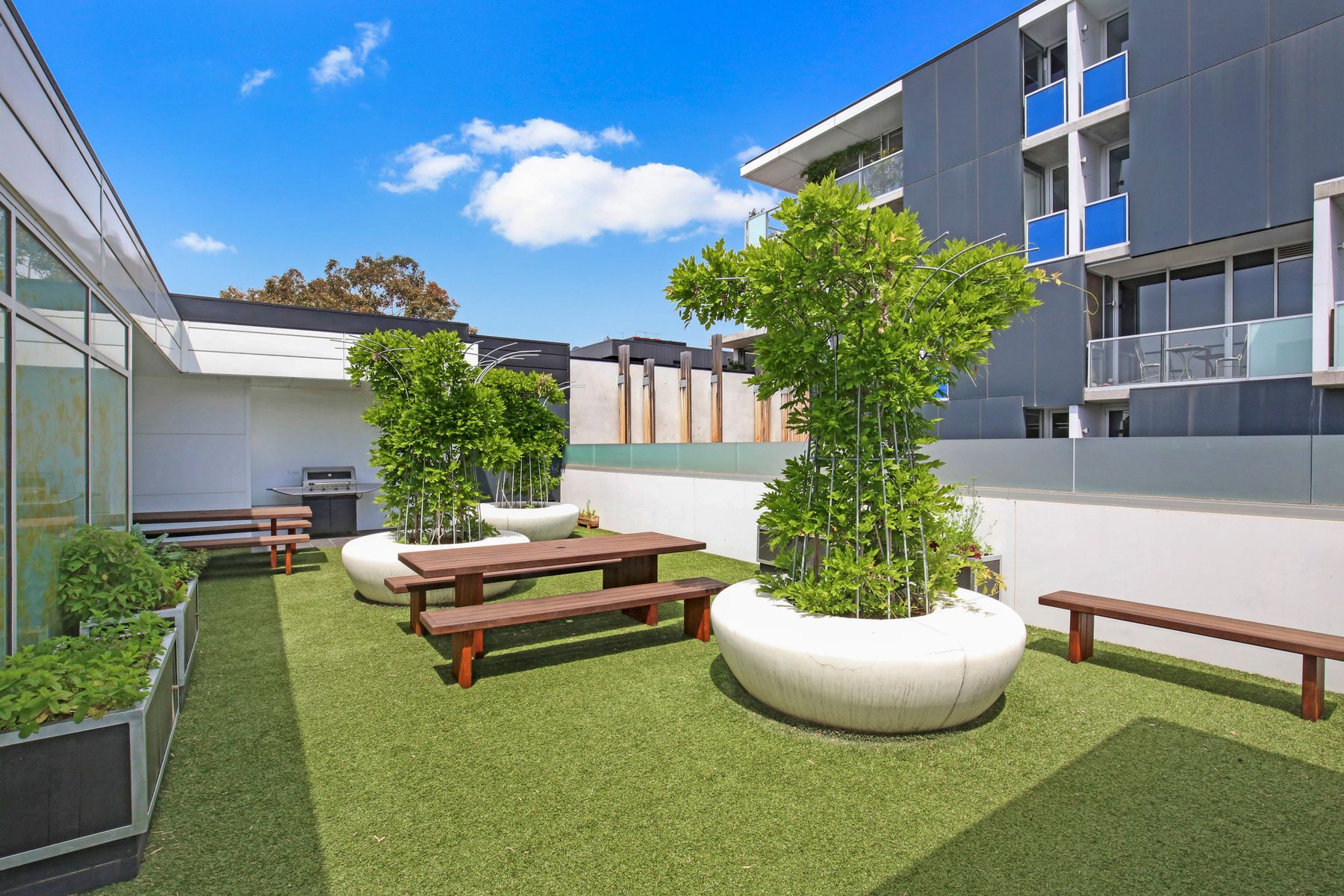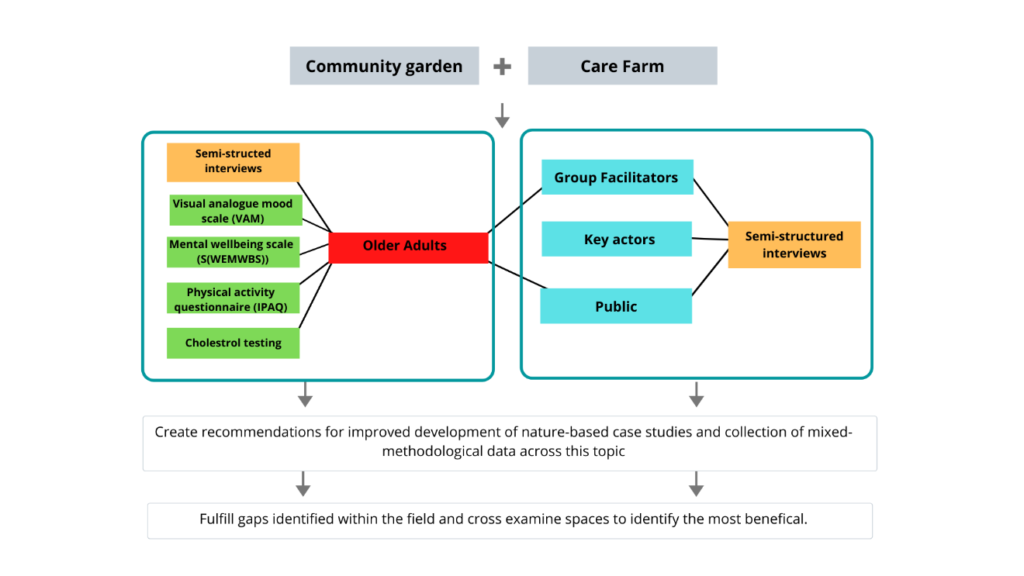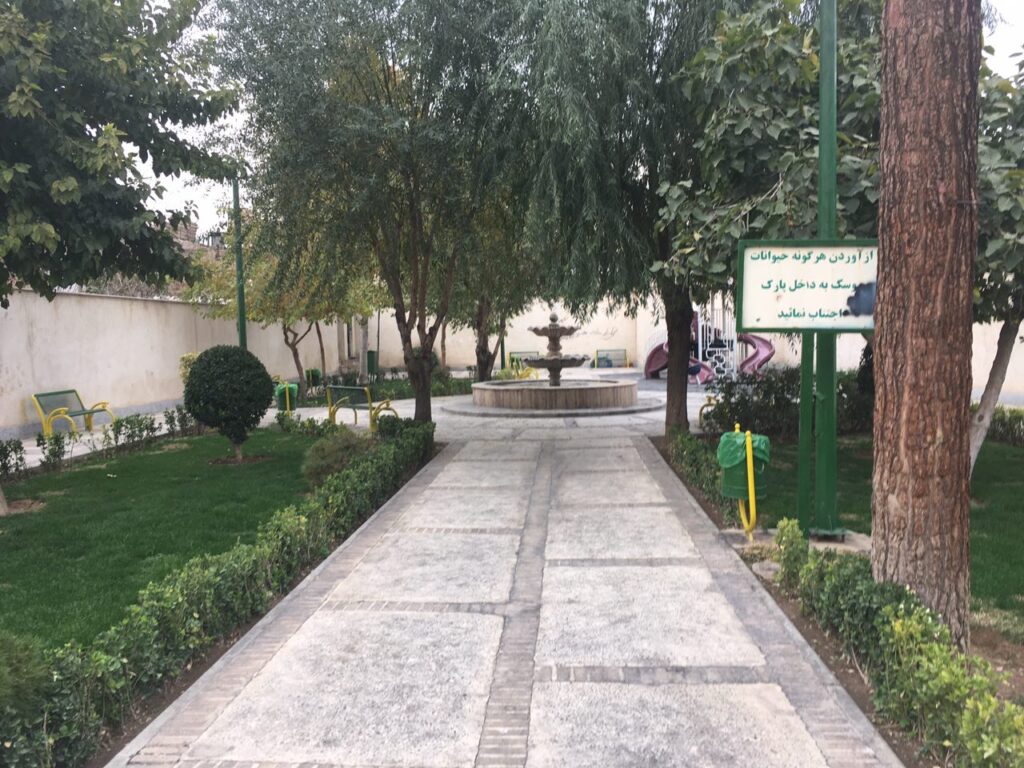City Know-hows

Target audience
Policy-makers, developers, academics and architects
The problem
In the context of global urbanisation, creating high-density living environments that promote health, wellbeing and social connectedness is vital. In apartment buildings, residents live in close physical proximity and share communal areas, however not all areas are equal in design and quality, which may impact usage and opportunities for social interaction.
What we did and why
Using a novel desktop audit approach, we objectively identified communal area design features and examined their association with residents’ use of communal areas in apartment developments across Perth, Melbourne and Sydney.
Our study’s contribution
This appears to be the first attempt to utilise an objective audit tool that assesses a number of design themes across communal areas. Our study results suggest that the delivery of high-quality communal areas can encourage use, which in turn, may have implications for residents’ social opportunities and outcomes.
Impacts for city policy and practice
The findings have policy and design implications, suggesting that the provision of communal space alone may not be enough to encourage use without the design features or amenities that appeal to residents.
Further information
Full research article:
Exploring the design, quality and use of communal areas in apartment developments by Alexandra Kleeman, Billie Giles-Corti, Lucy Gunn, Paula Hooper & Sarah Foster.
Related posts

We used a case study approach to highlight potential radical health tools that could be embedded in research projects to enable us to understand more about how nature impacts health and wellbeing.

This paper shows design tools and views of experienced practitioners in active urban design against a theoretical backdrop. It describes the creation process, including opportunities and inspiration to further improve the practice.

Discover how local environments shape resident well-being. Our study reveals the profound impact of physical and social neighbourhood features on adults’ quality of life. Uncover the key elements that make a community thrive and their implications for urban planning and policy.